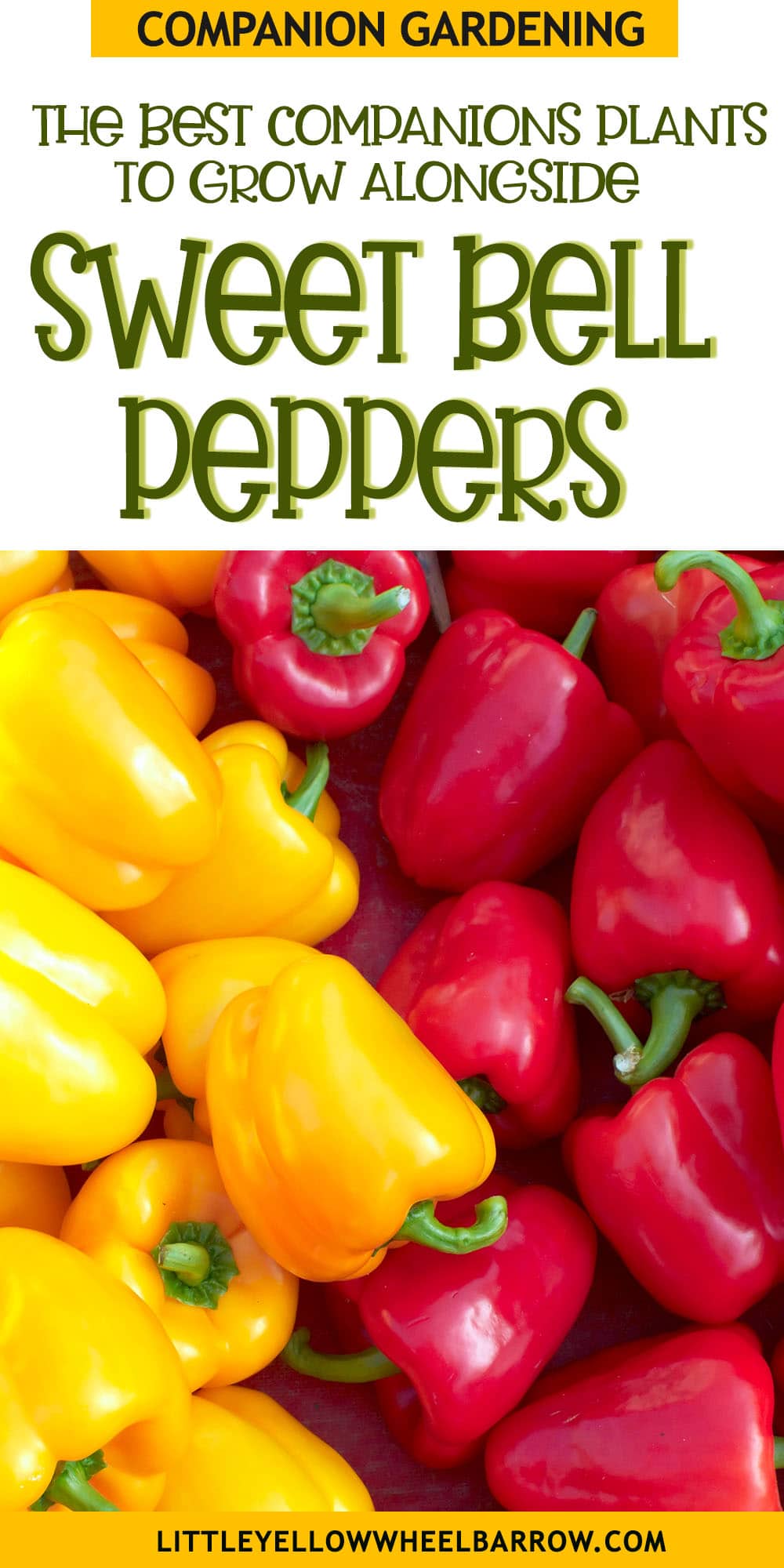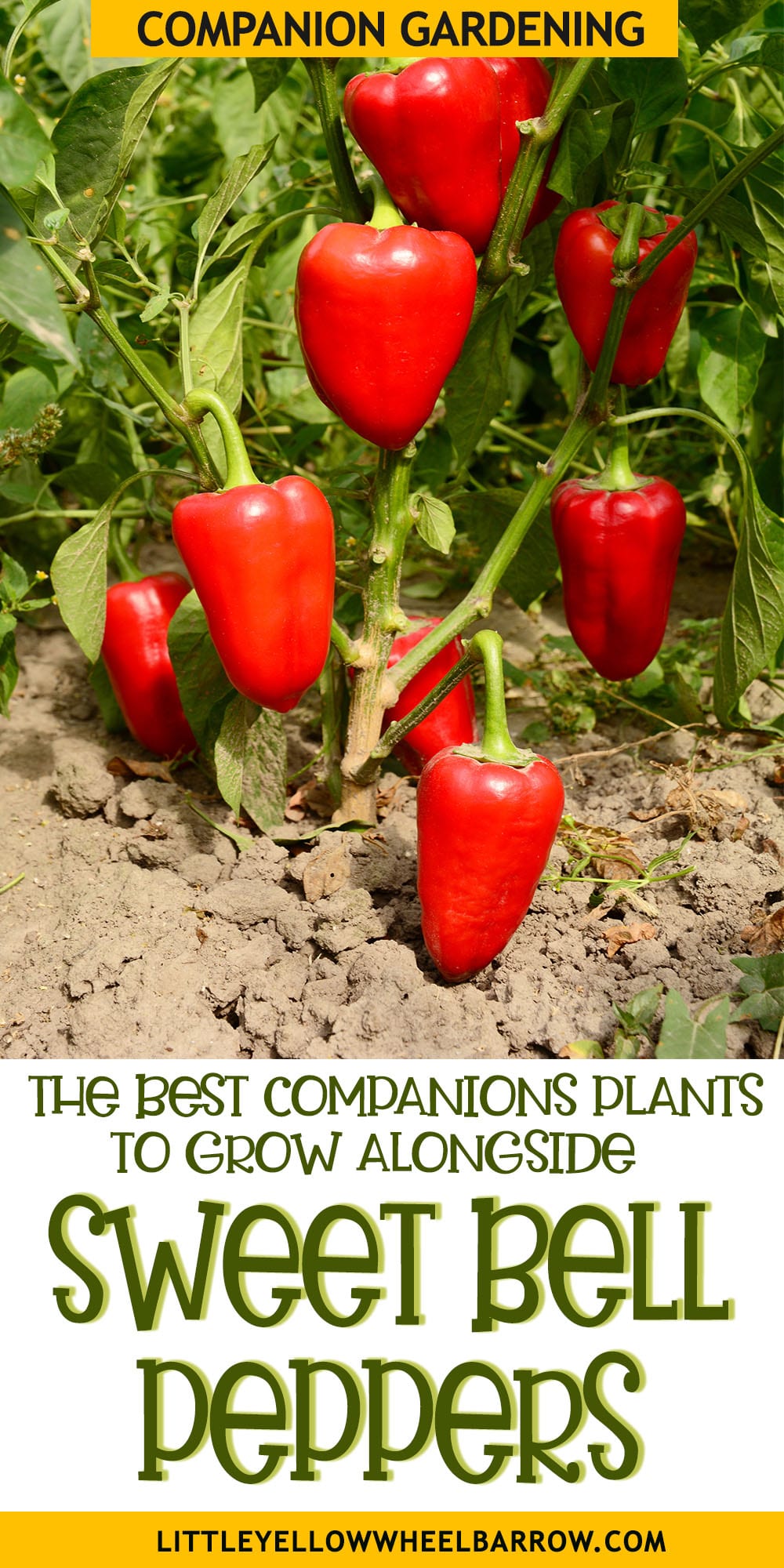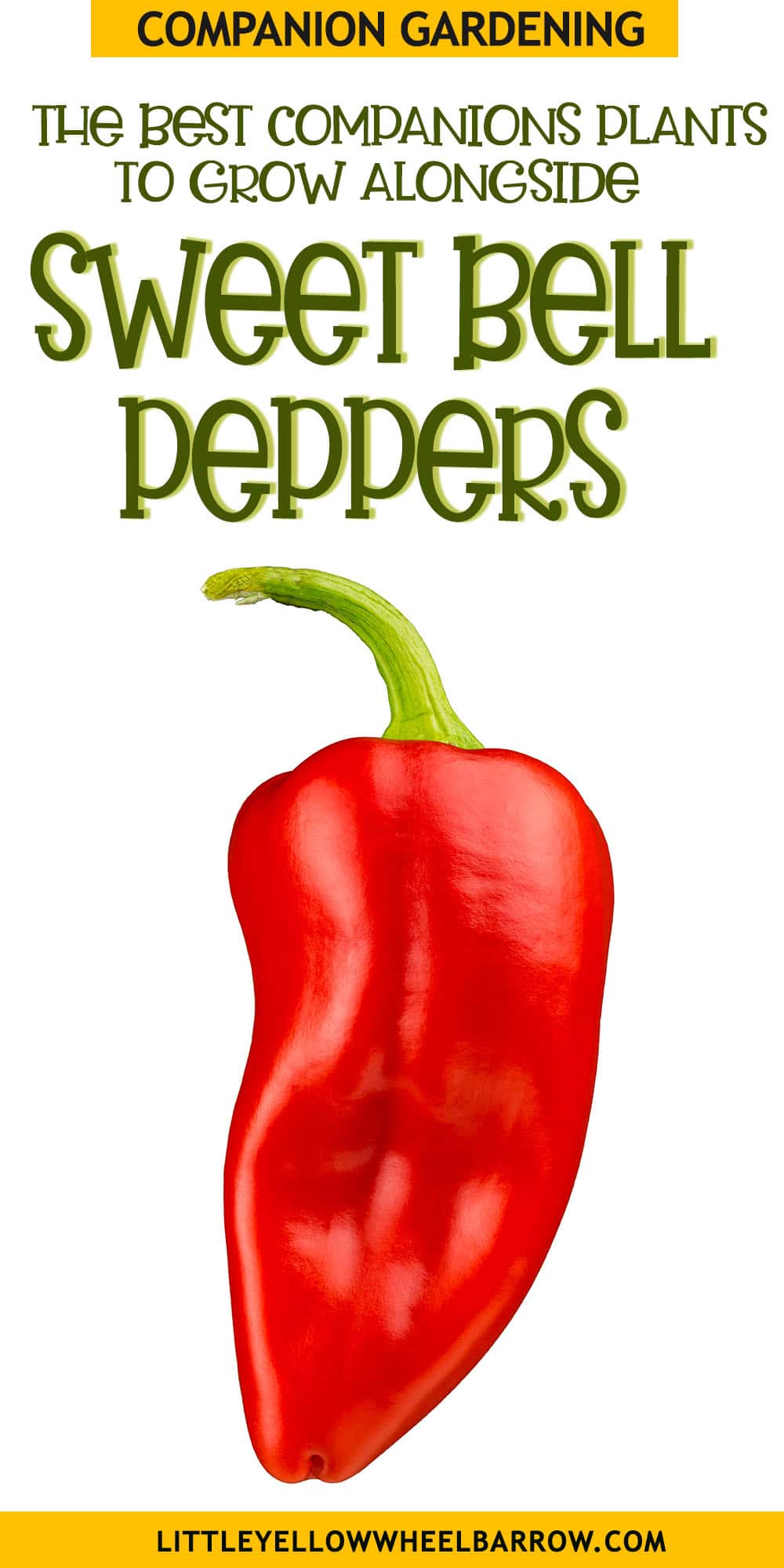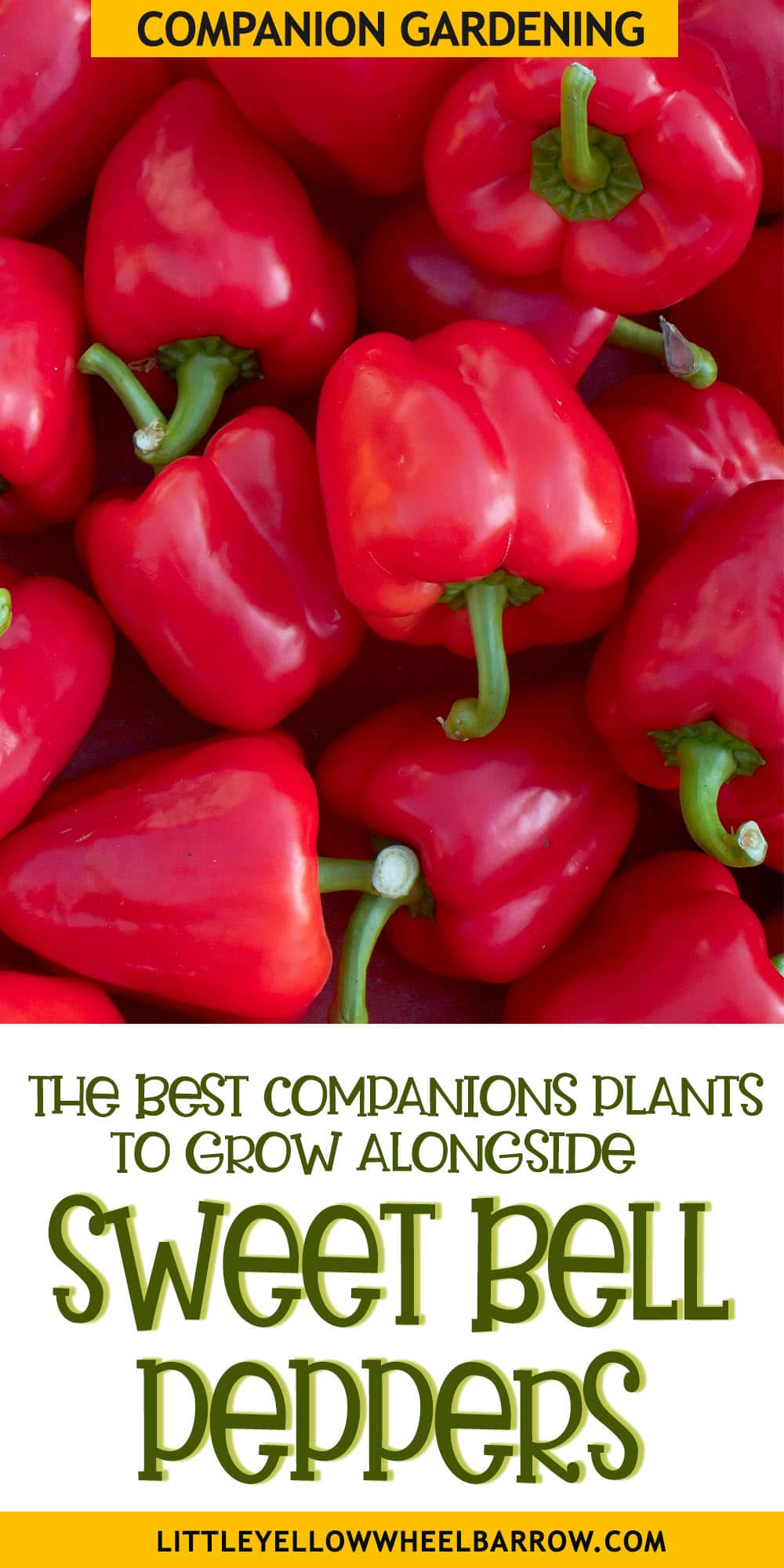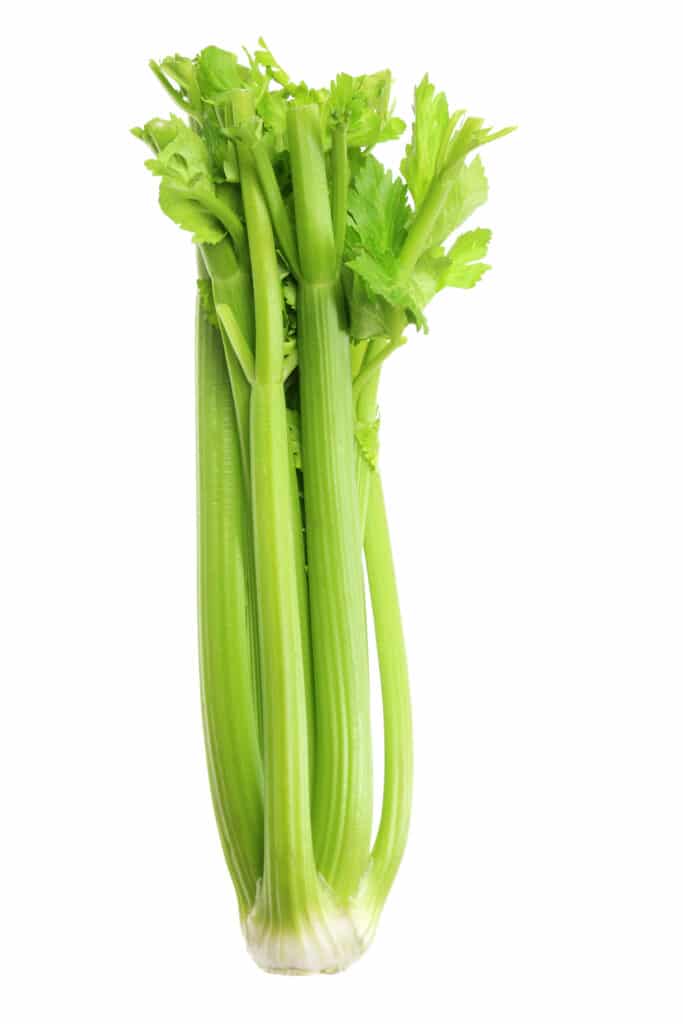Pepper Companion Plants For Bigger, Better Harvests
Are you eager to learn about the benefits of pepper companion plants in your garden? Look no further! This article is your ultimate guide to understanding the importance of companion planting with peppers. Whether you’re a novice gardener or an experienced enthusiast, you’ll discover valuable insights and expert tips to maximize the health and productivity of your pepper plants while fostering a thriving garden ecosystem.

In this article, we’ll explore a variety of companion plants that thrive alongside peppers, providing benefits such as natural pest control, improved pollination, and enhanced soil health. You’ll learn about the characteristics of different companion plants and how they complement the growth habits of peppers. We’ll discuss the importance of biodiversity in your garden and how incorporating a diverse range of companion plants can create a balanced ecosystem, reducing the need for chemical interventions. Whether you’re interested in attracting beneficial insects, repelling common pests, or promoting overall plant vigor, this article equips you with the knowledge and strategies to harness the power of pepper companion plants effectively.
The Best Pepper Companion Plants
You can add so many wonderful pepper companion plants to your garden. The trick is to understand problems or potential problems before you choose which plant will be best for your pepper beds.
Alyssums
Alyssums make great companion plants for peppers. The tiny flowering plant will help cover and shade the ground, preventing weeds from growing. Alyssum will also help keep the soil cool and moist and help with water retention.
Alyssum flowers attract beneficial insects like predatory wasps and pirate bugs, which will feed ravenously on aphids. The low ground cover growth will also provide helpful spiders and ground beetles shelter.

Basil
Basil plants are great companion plants for peppers. Plant basil around the base of your sweet pepper to help boost flavor and repel garden pests like aphids, thrips, flies, and spider mites.
You can also crust a few basil leaves and scatter them around your peppers for the same effect.
When planted densely around pepper plants, basil will also help choke out weeds and help keep the soil cool and moist.

Beets
Beets and peppers do not compete for similar nutrients nor share similar diseases or pests, making them good companion plants for the garden. Growing beets around the base of pepper plants help keeps the soil cool and moist and prevent weeds.

Carrots
Like other root crops, carrots will help shade the soil and keep out weeds and break up the ground to help with growth.
Growing carrots as pepper companion plants can also help maximize garden space—interplant carrot seeds around your pepper plants in bare areas.
Carrots can also help improve the flavor of peppers when grown nearby.
Learn More: Carrots have many great companions; check out our post on carrot companion plants before planting your garden space.

Chard
Grow Swiss chard around your pepper seedlings, and they will protect the young plants from winds and weeds.
Swiss chard will grow to maturity in only 40 days, so you can harvest it before it begins to shade out the peppers.

Chives
Chives will help repel aphids, and other harmful insect pests attracted to pepper plants.
Gardners report better flavor and yields of peppers when chives are planted nearby. Chives in bloom will also attract beneficial insects that will help keep pest populations down.
Chives will also help stave off diseases like gray mold and downy mildew.
Learn More: We wrote an article about growing healthy, tasty chives from seed to harvest.

Dill
Dill makes a good companion plant for peppers.
Flowering dill will attract many beneficial insects from bees, to wasps, ladybeetles, spiders, and hoverflies.
Pollinators like bees will help increase yields in your pepper patch, and insects like ladybugs, waps, and hoverflies will help to keep populations of aphids and harmful insects low.
Dill can also help improve the flavor of peppers when planted nearby.

Garlic
Garlic is a great companion for peppers. The plants take up very little space, and you can interplant them around the peppers to best use the gardening space.
Planting garlic can help prevent fungal and bacterial diseases. In addition, garlic has high sulfur content and will act as a strong disinfectant in the soils.
But garlic is best known for deterring pests with its pungent aroma. Japanese beetles, aphids, mites, cabbage worms, cutworms, beetles, slugs, and flies.

Geraniums
Geraniums seem like an odd companion for peppers, but they offer a significant role in pest control. Zonal geraniums will repel and kill the Japanese beetles that can devastate your entire pepper crop.
Geraniums, however, can repel bees. So if you’re looking for additional pollinators for your pepper crop, geraniums may not be the best choice.

Leeks
I love planting leeks in the vegetable garden. They always grow so uniformly and look lovely in a potager-style garden.
But leeks offer great benefits as a companion plant for peppers. Leeks do not take up a lot of room, and they can fill the spaces between the peppers.
Like onions, garlic, and chives, the heady aroma of leeks can also confuse or deter pests away from your peppers.
Learn More: You can find the complete list of leek companion plants by checking out our leek guide.

Lettuce
Lettuce can be planted densely around pepper plants to help keep weeds at bay and act as a living mulch to keep the soil cool and moist.
Small lettuce plants do not take up a lot of room and are one of the plants you can use to cover bare spots in the garden to maximize space.

Nasturtium
You can plant nasturtium companion plants as a trap crop near the edge of your pepper patch. The flowers will attract flea beetles and flies, keeping them away from your pepper plants.
Growing nasturtiums will also deter common pests such as aphids, squash bugs, Mexican bean beetles, and Colorado potato beetles.
Companion planting nasturtiums as a ground cover will help keep the soil shaded and moist. This living mulch will also provide shelter for beneficial insects like spiders and ground beetles.

Onion
Onion companion plants do not take up a lot of space and do not interfere with the growing roots of pepper plants.
Peppers and onions share similar wants in a growing environment and will benefit from equal watering and fertilizing schedules.
Companion planting onions will also provide a great deal of pest deterrence. The plants repel aphids, slugs, and cabbage worms, making them a great companion plant for peppers.

Parsley
Parsley is a great companion plant for peppers. It will attract predatory wasps to help control aphids in your pepper patch.
You will want to let your parsley flower for the best results.
Companion planting parsley densely around pepper plants can help shade the ground and provides shelter for helpful ground insects like spiders and beetles.

Petunias
Petunias are ideal as companion plants for peppers. They repel pests like asparagus beetles, leafhoppers, and tomato worms. Petunias can also help repel aphids and Mexican bean beetles.
Companion planting petunias around sweet peppers can also help attract bees, butterflies, and moths to your vegetable patch. These helpful insects will assist with pollination and help increase the yields of your pepper plants.
They also look charming, growing interspersed through the pepper plants.
Related Post: Love petunias? We do too. Check out our guide for petunia hanging basket care.

Raddish
You can grow radishes in the space between growing pepper plants. The radishes will be ready to harvest long before the peppers require that space to spread.
Radishes make a great trap crop for flea beetles when planted at the edge of garden beds.
Rosemary
Rosemary brings a few great benefits to the pepper garden. First, the herb can help deter pests like cabbage moths, carrot rust flies, and Mexican bean beetles.
Rosemary can also help shade the ground, help prevent weeds and keep the soil cool and moist.
The herb is also said to help improve the vigor and flavor of peppers when planted nearby.
Learn More: Learn how to grow healthy rosemary plants from seed.

Spinach
Spinach makes a great companion for peppers, especially if planted densely like a living mulch under the pepper plants. Leafy spinach will help shade the ground, help retain moisture, and keep the soil cool while providing shelter for beneficial insects like spiders and ground beetles.
Spinach, in turn, can be shaded from the taller pepper plants to help prevent the plants from early bolting. Providing spinach with shade will help prevent early bolting as the season warms up.
Related: See our full guide on the best shade vegetables for your garden.

Tomatoes
As nightshade family members, tomato plants and peppers share similar environmental needs, like hours of daylight and watering schedules.
Companion planting tomatoes near bell peppers can help shade the soil and offer shade protection for the pepper plants during the hottest part of the day.
Crop rotation recommends that nightshade family members like tomatoes and peppers not follow each other in the same garden bed the following year. But you can grow tomatoes and peppers together in the same garden bed in the same year without issue.
- Related: See our post on growing cherry tomatoes in pots.
- Related: If you are having issues with split tomatoes, check out our troubleshooting guide to help you prevent tomato splitting in the future.

Marigolds
Marigolds are renowned for their ability to repel pests such as nematodes, aphids, and whiteflies, making them excellent companions for peppers. Their strong scent acts as a natural deterrent, reducing the likelihood of pest infestations in the garden.
Additionally, marigolds attract beneficial insects like ladybugs, which prey on common garden pests, contributing to a healthier and more balanced ecosystem.
Sunflowers
Tall and sturdy sunflowers can provide valuable shade and support for pepper plants, especially in sunny or exposed areas of the garden. Their towering presence can help protect delicate pepper seedlings from harsh sunlight and strong winds, promoting healthier growth and development.
Furthermore, sunflowers attract pollinators such as bees and butterflies, enhancing the overall biodiversity of the garden and increasing the likelihood of successful pepper pollination.
Mint:
Mint plants offer dual benefits as companions for peppers, both as pest deterrents and culinary herbs. The strong scent of mint repels pests like ants, aphids, and flea beetles, reducing the risk of pest damage to pepper plants.
Planting different types of mint around pepper beds not only protects the peppers from pests but also provides a convenient source of culinary herbs for the kitchen.
The Worst Pepper Companion Plants
Harmful companion plants for peppers are those plants that will compete for water and nutrients. They are also plants that share similar pests and diseases and can easily pass them to each other.
Here we have listed the four plants that you want to keep away from your peppers:
Brassicas
Any member of the cabbage family makes poor companion plants for peppers. Avoid planting your peppers with cabbages, cauliflower, kale, broccoli, and kohlrabi.
Both peppers and brassica family plants grow best in very different conditions. Cabbage family members like slightly alkaline soil, whereas peppers enjoy soil that is somewhat more acidic. Growing the two together will almost always stunt the growth of one.
The two plants will also compete for water and nutrients.

Fennel
Fennel is allelopathic. Allelopathic plants will release compounds into the soil, and it is those compounds inhibit or even kill nearby plants. So planting fennel next to your peppers will guarantee stunted crops.
It is best to plant fennel alone away from other plants in the vegetable garden.

Strawberries
Strawberries and peppers share a common disease called verticillium which will cause the strawberry plants to wilt and die. You will want to avoid planting strawberries near peppers or in any bed where peppers were grown the prior year.

Apricot Trees
Keep peppers away from any apricot trees. Both the apricot tree and the peppers share and are susceptible to diseases that can stunt the apricot tree’s growth and potentially kill the tree.

Navigating Challenges in Pepper Companion Planting: Strategies for Success
While pepper companion planting offers numerous benefits, it’s important to be aware of potential challenges that may arise and how to mitigate them effectively. Understanding these challenges can help you optimize your garden’s health and productivity. Here are some common issues you may encounter and strategies to overcome them:
Competition for Resources:
- Challenge: Companion plants may compete with peppers for essential resources such as water, nutrients, and sunlight, leading to stunted growth and reduced yields.
- Mitigation: Careful selection and spacing of companion plants can help minimize competition. Choose companion plants with similar resource requirements to peppers, and ensure adequate spacing between plants to avoid overcrowding. Additionally, drip irrigation or mulching can help conserve moisture and reduce water competition.
Pest and Disease Transmission:
- Challenge: Companion plants may attract pests or harbor diseases that can spread to pepper plants, increasing the risk of infestation or infection.
- Mitigation: Regularly inspect companion plants for signs of pest infestation or disease symptoms. Promptly remove any affected plants to prevent the spread of pests or pathogens. Implementing cultural practices such as crop rotation and proper sanitation can also help reduce the risk of pest and disease transmission.
Overwhelmed Ecosystem Balance:
- Challenge: Introducing too many companion plants or disrupting the ecosystem’s natural balance can lead to unintended consequences, such as imbalanced pest populations or nutrient deficiencies.
- Mitigation: Start small and gradually introduce companion plants into your garden, observing how they interact with peppers and other existing plants. Monitor the ecosystem for any signs of imbalance and adjust planting strategies accordingly. Focus on promoting biodiversity and creating a resilient ecosystem that regulates pest populations and nutrient cycles.
By anticipating and addressing these potential challenges, you can optimize the effectiveness of pepper companion planting in your garden and create a harmonious growing environment for all your plants.
More Pepper Growing Articles
Check out these articles to help you grow happy, healthy pepper plants this year:
Expert Tips
- Spacing and Placement: When planting peppers alongside companion plants, consider the spacing requirements of both plants. Ensure companion plants don’t overshadow or compete with peppers for sunlight, water, and nutrients. Plant taller companions like basil or parsley on the northern side of pepper plants to prevent shading.
- Complementary Growth Patterns: Choose companion plants with growth habits that complement peppers. For instance, consider planting low-growing herbs like oregano or thyme around the base of pepper plants to conserve soil moisture and suppress weeds without interfering with pepper growth.
- Attract Beneficial Insects: Incorporate companion plants that attract beneficial insects such as ladybugs, lacewings, and pollinators. Flowers like marigolds, nasturtiums, and calendula not only enhance the aesthetics of your garden but also attract predatory insects that prey on pests like aphids, thrips, and caterpillars, helping to keep pepper plants healthy.
- Repel Pests: Some companion plants emit natural compounds that repel common pests, reducing the need for chemical pesticides. For example, planting aromatic herbs like rosemary, sage, or mint near peppers can deter pests like aphids, flea beetles, and spider mites.
- Succession Planting: Plan your garden layout to include successive companion plantings throughout the growing season. This ensures a continuous supply of beneficial insects, natural pest control, and soil enrichment, supporting pepper plants’ long-term health and productivity.
- Regular Maintenance: Keep companion plants well-maintained by watering, pruning, and removing any weeds or diseased foliage promptly. Vigilance in maintenance helps prevent the spread of pests and diseases among companion plants and ensures they continue to provide optimal support to pepper plants.
- Rotate Crops: Practice crop rotation to prevent the buildup of pests and diseases specific to peppers. Rotate companion plants and peppers to different areas of the garden each year, following a well-planned crop rotation schedule to maintain soil fertility and minimize pest pressure.
FAQ
Companion plants are species that are planted alongside peppers to enhance their growth, health, and productivity. They offer a range of benefits, including natural pest control, improved soil health, and increased pollination, ultimately leading to healthier pepper plants and higher yields.
Several companion plants thrive alongside peppers, including basil, marigolds, onions, garlic, nasturtiums, and many others. These plants provide various benefits such as repelling pests, attracting beneficial insects, and improving soil conditions.
Companion plants can repel pests through their natural aroma, which masks the scent of peppers and makes them less attractive to pests. Additionally, some companion plants attract beneficial insects that prey on common pests like aphids, mites, and caterpillars, effectively reducing pest populations in the garden.
Yes, certain companion plants, such as basil and parsley, can enhance the flavor of peppers when grown nearby. These aromatic herbs impart their distinct flavors to peppers and can also help deter pests that may affect pepper flavor negatively.
Companion plants can be interplanted among pepper rows or placed strategically around pepper plants based on their growth habits and spacing requirements. Consider factors such as sunlight exposure, soil moisture, and plant compatibility when planning your garden layout.
Grab Our Ultimate PRINTABLE Garden Planner
With 39 pages of planning and organizing and the ability to customize your planner with the pages you need, you won’t need another planner for the rest of your gardening life!
$4.99 US

Final Remarks
Incorporating companion plants into your pepper garden can be a game-changer, offering a myriad of benefits ranging from natural pest control to improved flavor and soil health. By carefully selecting and strategically placing companion plants, you can create a harmonious and resilient ecosystem that supports the growth and vitality of your peppers. Embrace the diversity of nature in your garden and watch as your peppers thrive alongside their beneficial companions.
Join The Conversation
Join the conversation and share your experiences with pepper companion planting! We’d love to hear your tips, success stories, and challenges. Leave a comment, ask questions, and learn from each other’s experiences.
Related Posts

Author: Laura Kennedy
Writer & Owner of Little Yellow Wheelbarrow
Editors Note: This article was first published on April 25, 2022. It was updated on March 4, 2024 to improve formatting, include expert tips, FAQ, and additional missing information.

